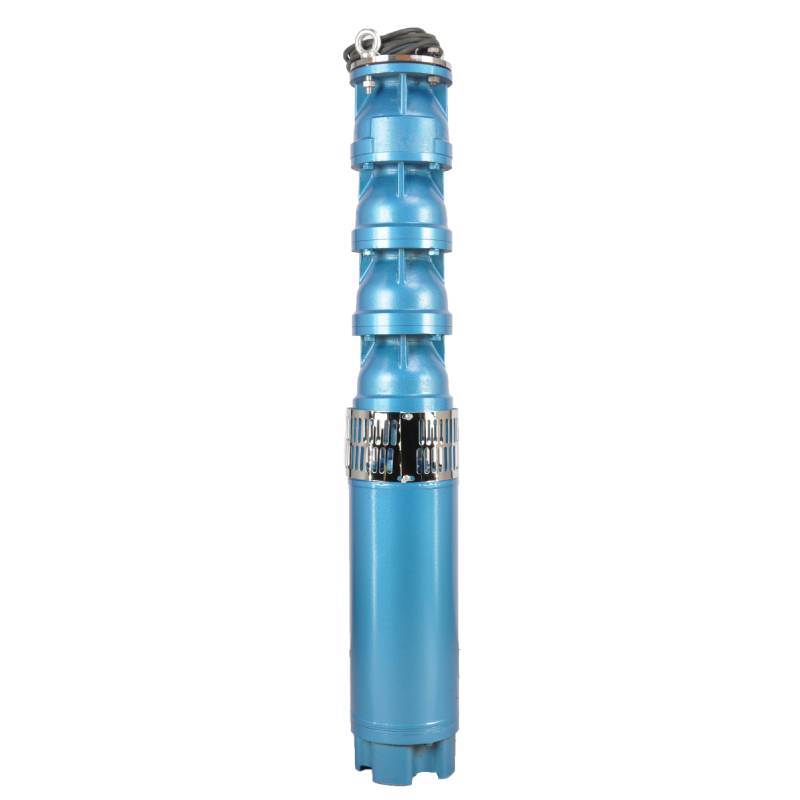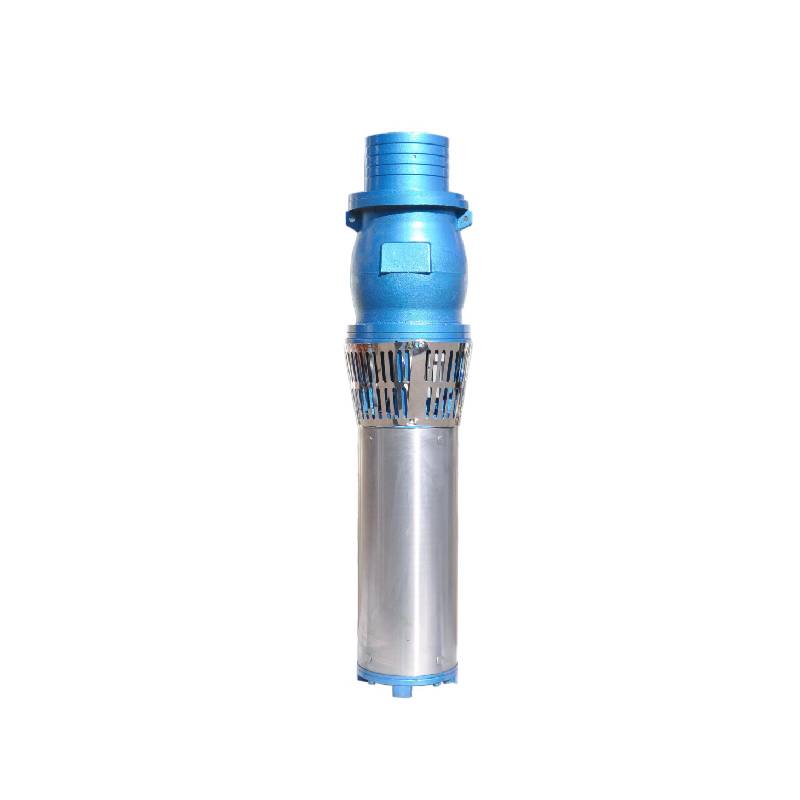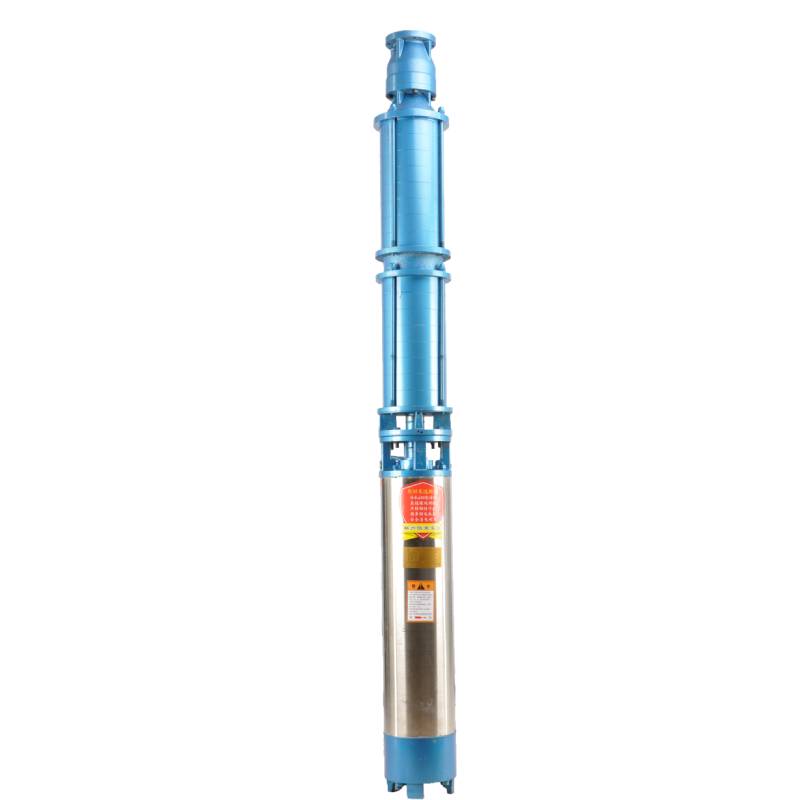8 月 . 21, 2024 21:47 Back to list
Guide for Installing a Submersible Deep Well Pump Efficiently and Effectively
How to Install a Submersible Deep Well Pump
Installing a submersible deep well pump can be a daunting task, but with the right tools, materials, and guidance, it can be accomplished effectively and safely. Submersible pumps are designed to be submerged in water, making them ideal for deep wells, and they are efficient at transporting water to the surface. This article outlines the steps to install a submersible deep well pump properly.
Step 1 Gather Necessary Tools and Materials
Before you begin the installation process, ensure you have all the necessary tools and materials. You will need
- Submersible deep well pump - Pump control box - PVC or polyethylene pipe (for water delivery) - Well seal - Wire connectors and electrical tape - Wrench set - Safety gloves and goggles - Rope or lifting device
Step 2 Prepare the Site
Start by ensuring the work area is safe and accessible. Remove any debris around the wellhead, and mark the location where the pump will be installed. If your well has a cover, carefully remove it to expose the well casing. Verify that the well is free of obstructions before proceeding.
Step 3 Measure and Calculate
Determine the depth of the water table and the total depth of your well to choose the appropriate pump size. It’s crucial to select a pump that can deliver the required flow rate and pressure based on your needs. Consult with the pump manufacturer's specifications to ensure compatibility.
Step 4 Assemble the Pump
Next, assemble the pump according to the manufacturer’s guidelines. This often includes attaching the motor to the pump body. Ensure that all components fit snugly and are secured tightly to prevent leaks once installed.
how to install a submersible deep well pump

Step 5 Lower the Pump into the Well
Using a rope or a lifting device, carefully lower the pump into the well. Make sure to lower it straight down to avoid damaging the pump or the well casing. Ensure that the pump is submerged at the appropriate depth, typically a few feet above the bottom of the well to prevent sediment intake.
Step 6 Connect the Pipe and Wiring
Once the pump is in place, connect the discharge pipe to the pump outlet. Use PVC or polyethylene piping that matches the pump output specifications. Secure the connection to prevent leaks and ensure it is tight.
Next, wire the pump according to the manufacturer's instructions. This typically involves connecting wires from the pump to a control box that regulates power. Make sure to follow all safety procedures and local electrical codes. If you’re not comfortable with electrical work, it’s advisable to hire a professional.
Step 7 Seal the Wellhead
Once everything is connected, it’s time to seal the wellhead. Install a well seal to prevent contaminants from entering the well and to ensure that the installation is watertight. This is crucial for maintaining water quality.
Step 8 Test the System
After sealing the wellhead, turn on the power to the pump using the control box. Observe the pump’s operation to ensure it is functioning correctly. Check for any leaks around the pipe connections, and listen for unusual noises that may indicate a problem.
Conclusion
Installing a submersible deep well pump requires careful planning and attention to detail. By following the steps outlined above, you can effectively install a pump that will provide reliable service for years to come. Always prioritize safety and consult professional help if you have any doubts about the installation process. Proper installation ensures not only the efficiency of the pump but also the longevity of your well system.
-
Your Guide to Deep Well Pumps
NewsOct.31,2024
-
Why Choose a Stainless Steel Deep Well Pump?
NewsOct.31,2024
-
Understanding Water-Filled Submersible Pumps
NewsOct.31,2024
-
Understanding SS Submersible Pumps
NewsOct.31,2024
-
Reliable Submersible Well Pumps for Your Water Supply Needs
NewsOct.31,2024
-
Choosing the Right Submersible Pump for Your Water Management Needs
NewsOct.31,2024
-
 Understanding Water-Filled Submersible PumpsWhen it comes to selecting the right pump for your water management needs, understanding the different types available is crucial.Detail
Understanding Water-Filled Submersible PumpsWhen it comes to selecting the right pump for your water management needs, understanding the different types available is crucial.Detail -
 Guide to Installing a Deep Well Submersible PumpWhen dealing with deep wells, a deep well submersible pump is often the most effective solution for extracting water from significant depths.Detail
Guide to Installing a Deep Well Submersible PumpWhen dealing with deep wells, a deep well submersible pump is often the most effective solution for extracting water from significant depths.Detail -
 Finding the Right Submersible PumpWhen seeking an efficient solution for pumping water from deep wells, sumps, or other applications, the submersible pump is a leading choice.Detail
Finding the Right Submersible PumpWhen seeking an efficient solution for pumping water from deep wells, sumps, or other applications, the submersible pump is a leading choice.Detail
